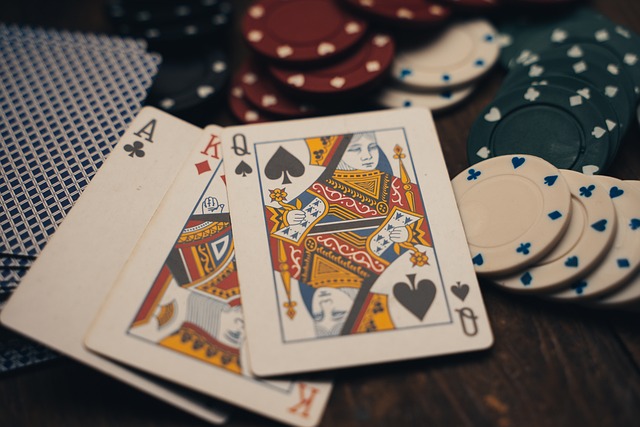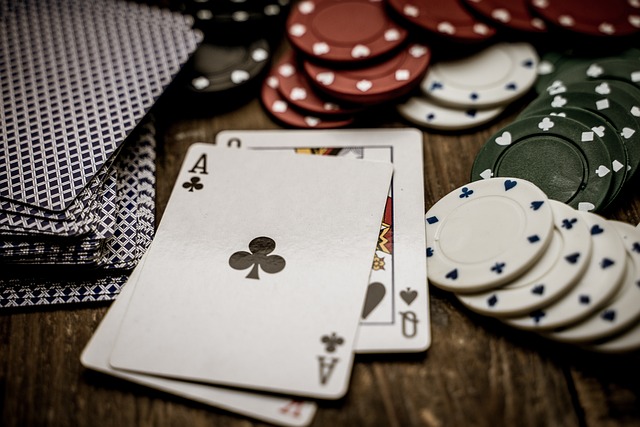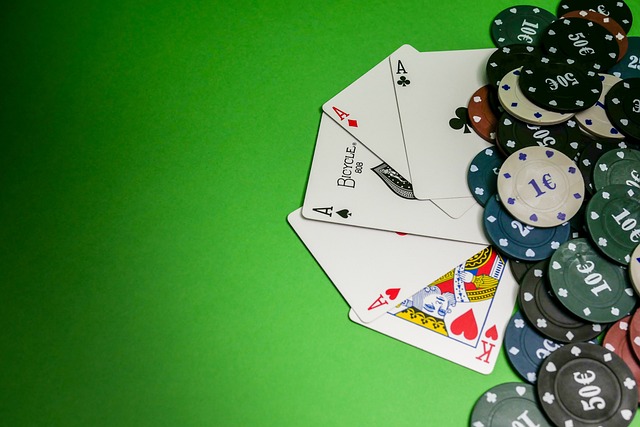Bluffing in online poker is an art. It’s about making your opponents think you have a better hand than you actually do. Want to bluff like the pros? Here’s how.
Start with Your Image
Your image is key. Think about how other players see you. Are you tight, playing only strong hands? Or are you loose, playing lots of hands? Your image sets the stage for effective bluffs. If you’re seen as tight, your bluffs might be more believable. Also, consider how your recent plays might influence your image. If you’ve just bluffed successfully, others might suspect your next moves. Mix up your play style to keep them guessing. Platforms like IviBet offer varied competition, which can help you adapt your image strategically.
Pick the Right Moment
Timing is everything. Don’t bluff just to bluff. Look for the best moments. These are usually when the pot is small, and fewer players are in the hand. Big pots attract players who won’t fold easily. Also, pay attention to the game flow. A bluff after a series of conservative plays can be more effective than bluffing after a wild, unpredictable hand. The contrast in your actions can throw other players off balance.
Know Your Opponents

Who are you playing against? This matters. Some players will fold if you breathe hard. Others will call just to keep you honest. Learn their styles. Bluff the ones who scare easily. It’s also helpful to track how your opponents react to different situations. Use software tools available for online play to note patterns in their behavior. This information can guide when to bluff and when to hold back. On platforms like IviBet, you’ll encounter a variety of players, giving you plenty of practice in reading different styles.
Bluff with a Plan
Have a backup plan. When you bluff, think about the next moves. If you get called, what then? Always have a way out. Maybe you’re setting up a bigger bluff, or maybe you’ll catch a good card on the turn or river. Your bluff should also tell a believable story. Ensure your betting throughout the hand makes sense if you were actually holding the cards you want your opponents to believe you have. Consistency is convincing.
Keep Your Cool
Stay calm. Bluffing can get tense. If you’re jittery, you might give yourself away. Keep a cool demeanor. Make your betting confident and controlled. Also, control your physical tells, even online. You may not be face-to-face, but timing tells and betting patterns can reveal anxiety or uncertainty. Practice maintaining a steady rhythm in your play to avoid giving clues to your opponents.
Use Your Position
Position matters. Bluffing from a late position can be more effective. You’ve seen how others have acted. If everyone checks, they might be weak. That’s your chance. Additionally, being in a late position allows you to control the narrative of the hand. You can adjust your strategy based on the actions that have unfolded before you, increasing the likelihood that your bluff will be successful.
Control the Bet Size

Don’t overdo it. If you bet too big, it might look suspicious. But too small, and you won’t scare anyone off. Find a middle ground. Make it enough to push out the weak hands, not so much that only the strong ones call. The size of your bet can also depend on the board texture. A more dangerous board with potential draws might warrant a larger bet to convincingly represent a strong hand.
Practice Makes Perfect
Lastly, practice! Every game is a chance to improve. The more you bluff, the better you’ll get at choosing your spots and reading the table. Also, use online resources to analyze your bluffing strategies. Many platforms offer hand history tools that allow you to review your plays and see where you might have gone wrong or right. This continuous feedback loop is invaluable for refining your bluffing technique.
Bluffing isn’t just a trick; it’s a crucial part of poker strategy. Master it, and you’ll keep your opponents guessing and worried. And that’s a winning edge in any game!



